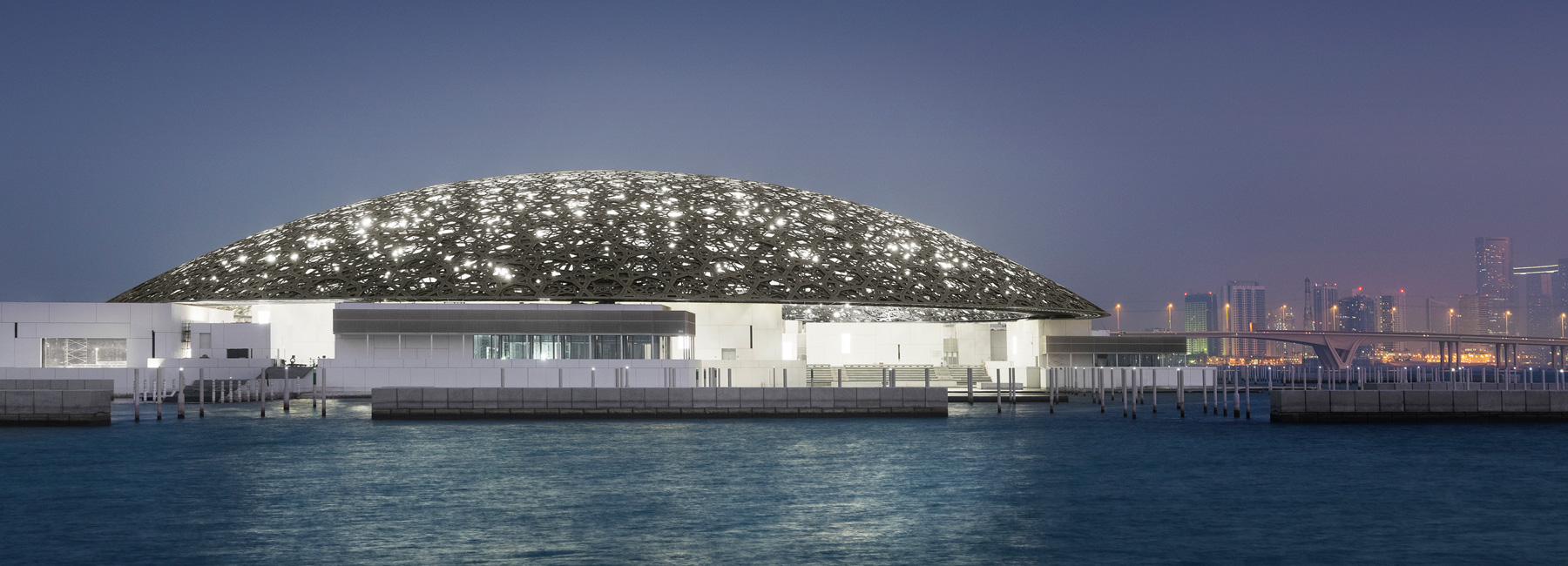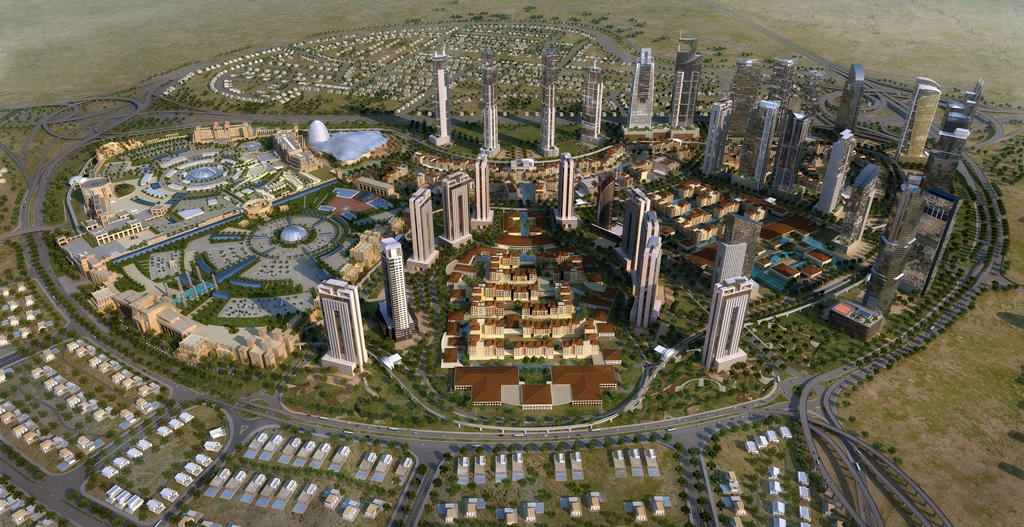The Louvere Abu Dhabi - 360 view
Just as the UAE represents a diversity of cultures, religions, nationalities and most importantly, the unification of people from all walks of life, so too will the Louvre Abu Dhabi.
One of the most ambitious cultural projects in the world carries a message of tolerance and peace, stressing the unwavering commitment of our two countries in promoting culture and education as a shield against extremism.
With a unique global narrative and a vision to explore the history of art in a fresh context, Louvre Abu Dhabi is a place where visitors can come to understand their own and others' cultures.
TICKET RATES:
> Dh60 ($16 to $18) for general admission
> Dh30 (13 to 22 years) and UAE education professionals
FREE ENTRY
> For members of the museum's loyalty programme, children under 13 years, ICOM or ICOMOS member
Charting the Louvre
> 7,850 - 'Stars' form the dome's eight layers
> 85 - Super-sized elements compose the dome
> 7,500 tonnes - Total weight of the dome
> 97,000 sq m - Built-up area
Five things not to miss at Louvre Abu Dhabi
The story of all humanity will unfold here
In February 2006, a high-powered delegation from France, led by the culture minister Renaud Donnedieu de Vabres, arrived in the UAE. The group, which also included senior officials from the French national museums and advisors, had flown here to set out a framework for the creation of a world class museum in Abu Dhabi - the Louvre Abu Dhabi, with the support and guidance of one the world's most famous institutions.
The proposed location was a sandy island called Saadiyat, "the island of happiness", the northern tip of which lay just a few hundred metres from the Abu Dhabi port.
The museum also marks great change for the Arab world and beyond. In an age threatened by conflict and intolerance, it was conceived as a celebration of the region's common heritage and values; a bridge between the East and the West.
The Louvre Abu Dhabi is a new cultural beacon, bringing different cultures together to shine fresh light on humanity's shared stories. Inspired by the architecture and traditions of the UAE, international architect Jean Nouvel designed a remarkable home for Louvre Abu Dhabi. Nouvel has subordinated concrete and steel, glass and stone, and even the Gulf's corrosive waters, to the deft control of the gentle play of light in the Louvre Abu Dhabi building.
The museum's displays consist of more than 600 artworks. Ranging from prehistorical objects to contemporary pieces, the works will be exhibited alongside approximately 300 items currently on loan from 13 French institutions for the next 10 years.
Paris's original Louvre has agreed to loan its name to the new Abu Dhabi museum for the next 30 years and six months.
The Louvre Abu Dhabi's museum galleries tell the story of the human race in 12 inspiring chapters. Each focuses on shared themes and ideas that reveal common connections throughout humanity. The art on show comes from the museum's collection alongside many masterpieces on loan from some of the most famous French museums.
The Louvre Abu Dhabi will host four temporary exhibitions per year. As part of the unique collaboration between Abu Dhabi and France. These temporary exhibitions will follow the same thematic approach as the permanent collections in the museum galleries.
The man behind the Louvre Abu Dhabi
The recipient of the prestigious Pritzker Prize and mastermind behind the Louvre Abu Dhabi, who has created what is set to be the Middle East's most visited museum, has designed the iconic monument on both land and sea, embodying harmony, calmness and contemplation.
Jean Nouvel told about the inspiration behind the Louvre Abu Dhabi, which features his signature style in the the magnificent play of light that naturally illuminates the museum. "I researched and researched a lot. Architecture is an art, you have to have the motivation to assemble what will be a gift of a lifetime, because a building like this is not here for a few years but centuries. Thus, you want to create the best."
"I tried to imagine something that links to the UAE; I tried to create a micro-climate with the cupola and a neighbourhood underneath - all in one building - and tried to imagine the play of light and shadow." The rain of light will not be missed by visitors, as it will reach just about every corner of the museum.
He said the museum, which took almost 10 years to complete, has become part of himself, and will remain close to his heart. "A museum like this with holds the dialogue of civilizations is very important for Abu Dhabi. It's also a symbolic part of the cultural district it's located in, set to become a destination it itself."
The new Louvre is crucial not only for the UAE's future, but the world's as well.
Among Nouvel's principal buildings are the Arab World Institute, the Cartier Foundation and the Quai Branly Museum in Paris, the Lucerne Cultural and Congress Center, the extension of the Queen Sophia Museum in Madrid, the Guthrie Theater in Minneapolis and the Philharmonic Concert Halls in Copenhagen and Paris.
Source : Khaleej Times


























